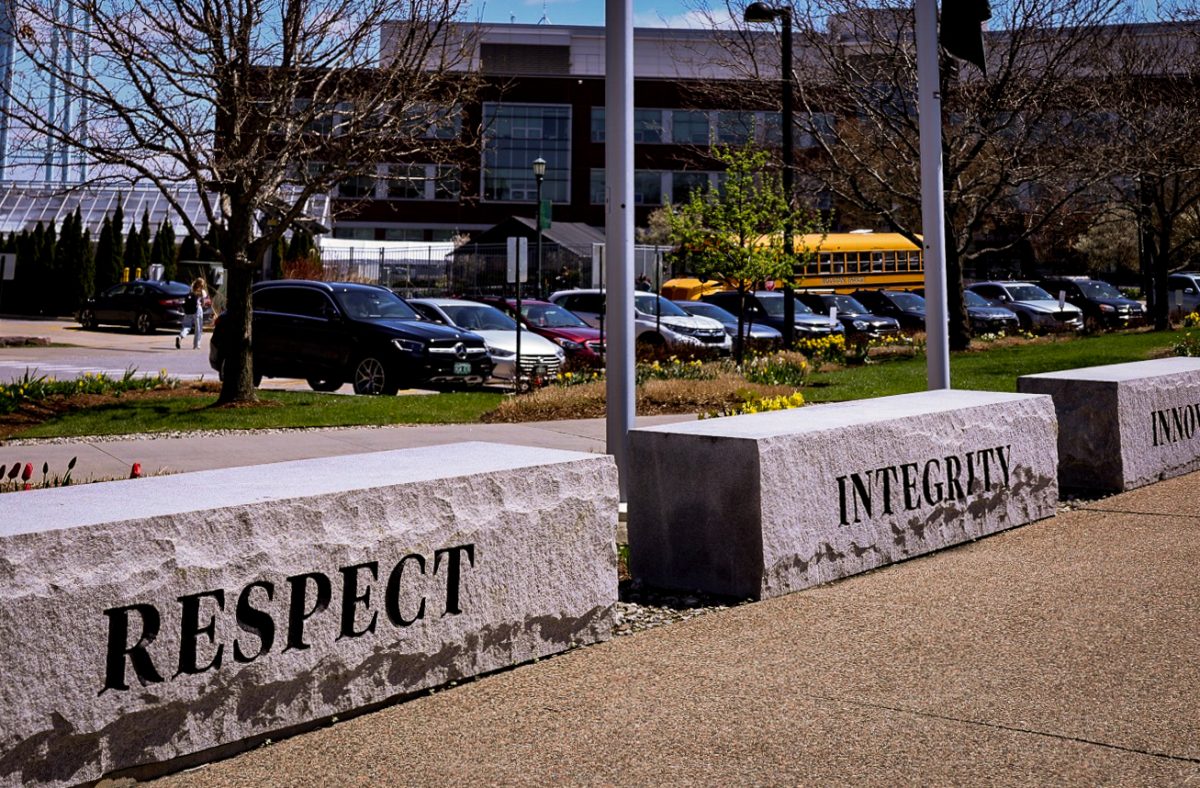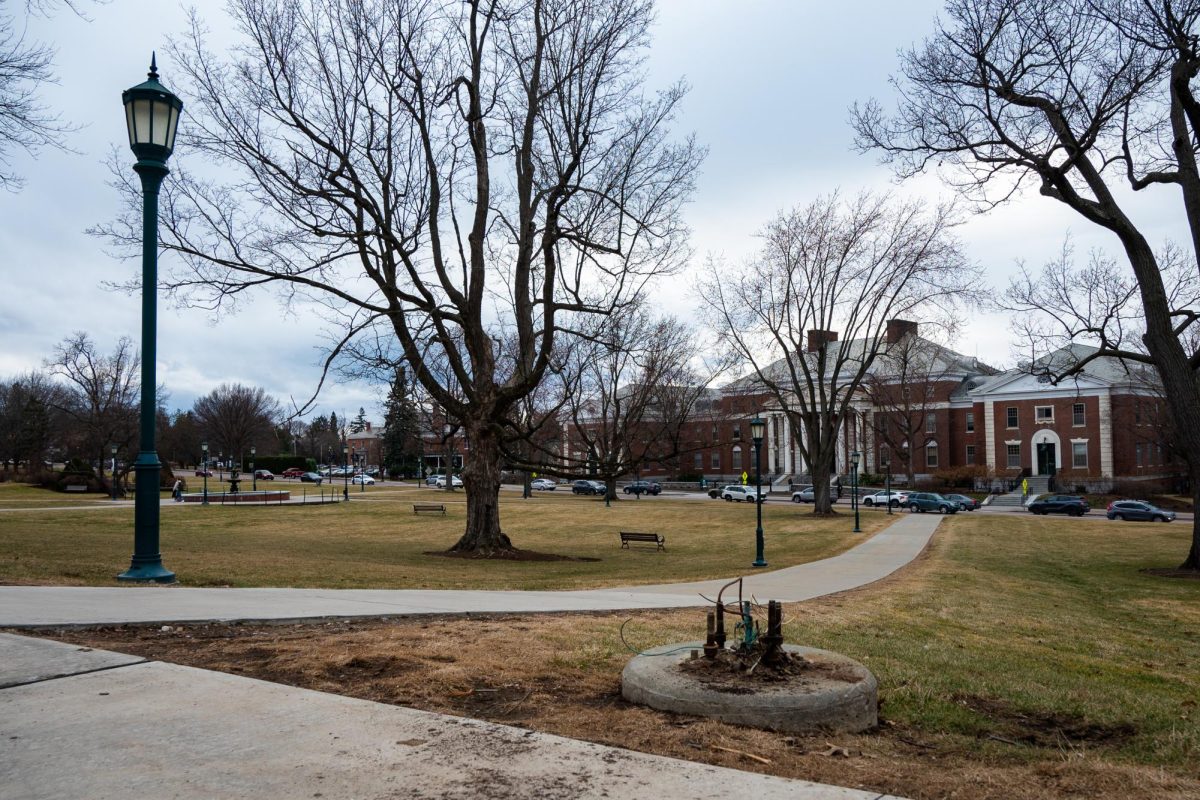College, by any standard, is an expensive enterprise. Truly, without financial aid, most of us would not be here educating ourselves. The staggering figures one is hit with looking over one’s bill are not a joking matter, and so when hearing of tuition increases one is inclined to ask for justification or at least assurance that all the other colleges are doing it too. Unfortunately finding accurate figures amidst the jumble of spreadsheets, costs, fees and other “breakdowns” of tuition, is a difficult task. The confusion, no doubt, prevents many from even knowing exactly what their final bill is. Indeed finding a final comprehensive figure for attending any university proves nearly impossible, even for our own. A typical flat-lander’s bill, for this year as compared with last year’s jumped from $27,350 to $28,606. Even in-state residents are paying through the nose with bills of up to $18,000. Each year we are told of budget cuts and the continuing need to keep pace with other institutions. Research must be done, studies must be completed, and we are the fortunate patrons of these endeavors. For the fiscal year of 2003 the University’s budget was $371,078,642 and for 2004 the budget numbers have increased to $408,072,902. According the document put out by the Finance and Budget Committee, the General Fund, which accounts for 67% of our total revenue is made up by tuition, state appropriations and cost recovery efforts. Tuition comprises 58.6%, the state pitches in another 19.7% and recovery amounts to 13.7% of the general fund. Surprisingly, only 2% of our budget comes from endowments and givings annual. By comparison, according to the National Association of State Universities, across the Connecticut river at the University of New Hampshire in-state tuition increased by 6.6% since last year. At the Amherst Campus of UMASS tuition, partly due to a 5% cutback in state appropriations, is up 15% to $7,482 per semester for in-state residents. Even the prestigious University of Virginia was hit by a 23.7% reduction in state funding, and was made to charge more. Figures show that out-of-state tuition at this University has risen 5.4% since last year, and 6.1% for resident tuition. Part of the reason for our relatively small increase is our reduced dependence on the state for funding in the first place. Typically UVM has received inordinately little in the way of state funding, and thus a reduction in such a figure would not impact the school’s fiscal policy too greatly. By contrast schools that depend on as much as 30% of their budget to come from their capitals have found themselves scrambling to meet ends. In fact, unlike nearly every other state in the union, Vermont has planned for an increase in state appropriations from the $36,197,999 in 2003 to a desired level of %36,922,057 in 2004; it will comprise roughly 9% of the total budget. Looking through the figures compiled National Association of State Universities, one finds that nearly every state school has been dramatically effected by state cutbacks in education spending. Such dramatic cutbacks have led to hiring freezes, tuition hikes, and a moratorium on salary increases. Fiscal crises in state budgets have evidently forced nearly every university to tighten financial belts, or rather, their student’s. In the end, even though UVM is still the second most expensive State University in America, our tuition hike may be regarded as mild as compared with our counterparts across the country.
Categories:
Budget Perspective: A Look At UVM Finance
September 22, 2003
0
More to Discover







